When it comes to equipping a bathroom to cater to the needs of individuals with disabilities, one of the key fixtures that need special attention is the toilet. A disabled bathroom toilet is an essential component in creating a safe, comfortable, and accessible bathroom environment for those with mobility challenges. With a wide range of options available in the market today, choosing the right disabled bathroom toilet that meets specific needs and requirements can be a daunting task. In this article, we will explore the important factors to consider when purchasing a disabled bathroom toilet, the different types available, and how to find one that offers exceptional value for money. A disabled bathroom toilet should be designed to provide maximum comfort and convenience for the user while ensuring safety and accessibility. One of the key considerations when selecting a disabled toilet is the height of the toilet seat. For individuals with mobility issues, a higher seat height can make it easier to sit down and stand up from the toilet. The standard height for a toilet seat is around 14-16 inches, but for disabled individuals, a comfort height toilet with a seat height of around 17-19 inches may be more suitable.

.
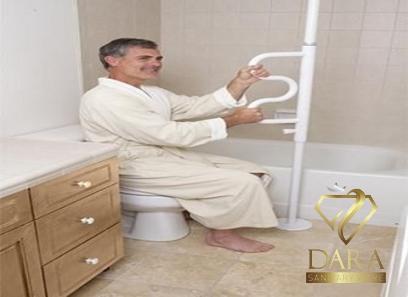 In addition to water efficiency, consider the accessibility features of the toilet, such as the presence of raised seat options, bidet functionality, or added comfort elements like heated seats or soft-closing lids. These additional features can enhance the user experience and provide personalized comfort for individuals with disabilities. Some toilets also come with built-in night lights, deodorizers, or self-cleaning functions for added convenience and hygiene maintenance. When purchasing a disabled bathroom toilet, it is crucial to ensure that the toilet meets the necessary safety standards and regulations for accessibility. Look for toilets that comply with ADA (Americans with Disabilities Act) guidelines and other relevant accessibility requirements to ensure that the toilet is designed with the needs of individuals with disabilities in mind. This includes considerations such as seat height, grab bar placement, and overall accessibility of the toilet for individuals with varying levels of mobility.
In addition to water efficiency, consider the accessibility features of the toilet, such as the presence of raised seat options, bidet functionality, or added comfort elements like heated seats or soft-closing lids. These additional features can enhance the user experience and provide personalized comfort for individuals with disabilities. Some toilets also come with built-in night lights, deodorizers, or self-cleaning functions for added convenience and hygiene maintenance. When purchasing a disabled bathroom toilet, it is crucial to ensure that the toilet meets the necessary safety standards and regulations for accessibility. Look for toilets that comply with ADA (Americans with Disabilities Act) guidelines and other relevant accessibility requirements to ensure that the toilet is designed with the needs of individuals with disabilities in mind. This includes considerations such as seat height, grab bar placement, and overall accessibility of the toilet for individuals with varying levels of mobility.
..
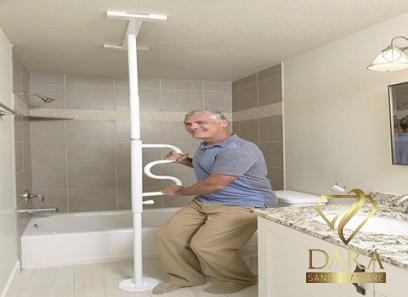 When it comes to maintenance and cleaning, choose a disabled bathroom toilet that is easy to care for and keep clean. Opt for toilets with smooth surfaces, rimless or skirted designs, and anti-bacterial coatings that prevent the buildup of dirt, germs, and bacteria. Regular cleaning and maintenance of the toilet are essential to ensure hygiene and prolong the lifespan of the fixture, so selecting a toilet that is easy to clean and maintain is key. In conclusion, a disabled bathroom toilet is a fundamental fixture that can greatly enhance the accessibility and usability of a bathroom for individuals with disabilities. By considering factors such as installation ease, water efficiency, accessibility features, safety standards, comfort elements, and maintenance considerations, you can select a disabled toilet that offers exceptional value for money and meets the specific needs and requirements of the users.
When it comes to maintenance and cleaning, choose a disabled bathroom toilet that is easy to care for and keep clean. Opt for toilets with smooth surfaces, rimless or skirted designs, and anti-bacterial coatings that prevent the buildup of dirt, germs, and bacteria. Regular cleaning and maintenance of the toilet are essential to ensure hygiene and prolong the lifespan of the fixture, so selecting a toilet that is easy to clean and maintain is key. In conclusion, a disabled bathroom toilet is a fundamental fixture that can greatly enhance the accessibility and usability of a bathroom for individuals with disabilities. By considering factors such as installation ease, water efficiency, accessibility features, safety standards, comfort elements, and maintenance considerations, you can select a disabled toilet that offers exceptional value for money and meets the specific needs and requirements of the users.
…
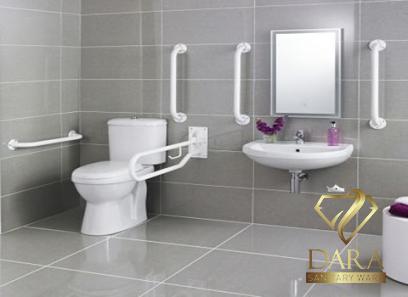 Investing in a high-quality disabled bathroom toilet is not only a practical decision to improve the functionality of the bathroom space but also a step towards promoting independence, dignity, and inclusivity for individuals with disabilities. With the right disabled toilet in place, you can create a safe, comfortable, and accessible bathroom environment that caters to the unique needs of every individual, enhancing their quality of life and well-being.
Investing in a high-quality disabled bathroom toilet is not only a practical decision to improve the functionality of the bathroom space but also a step towards promoting independence, dignity, and inclusivity for individuals with disabilities. With the right disabled toilet in place, you can create a safe, comfortable, and accessible bathroom environment that caters to the unique needs of every individual, enhancing their quality of life and well-being.
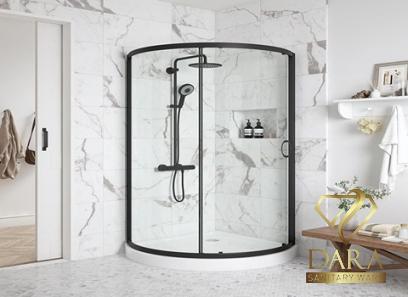
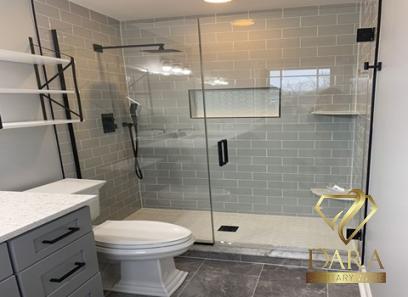
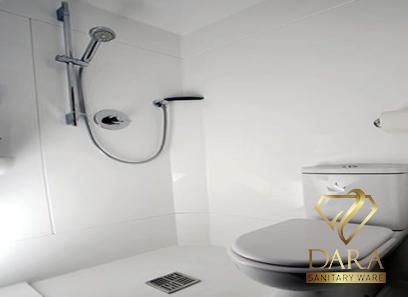
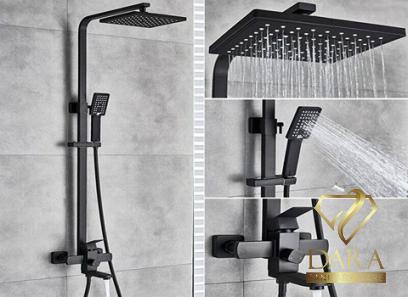
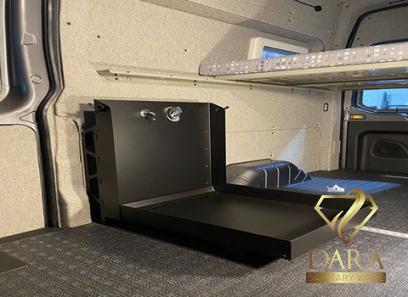
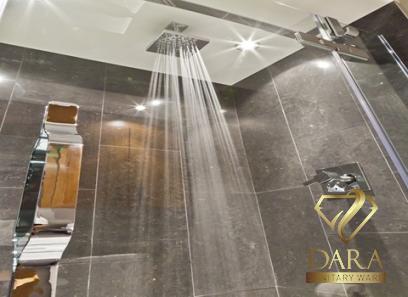
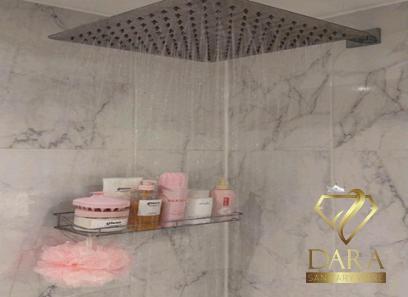

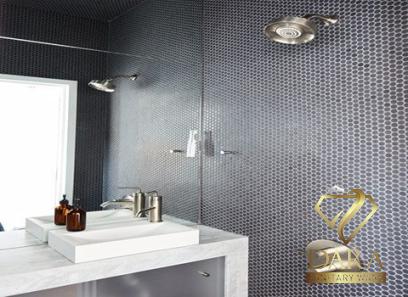
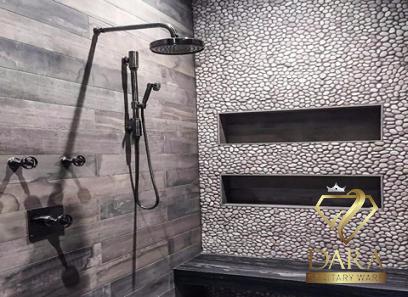
Your comment submitted.